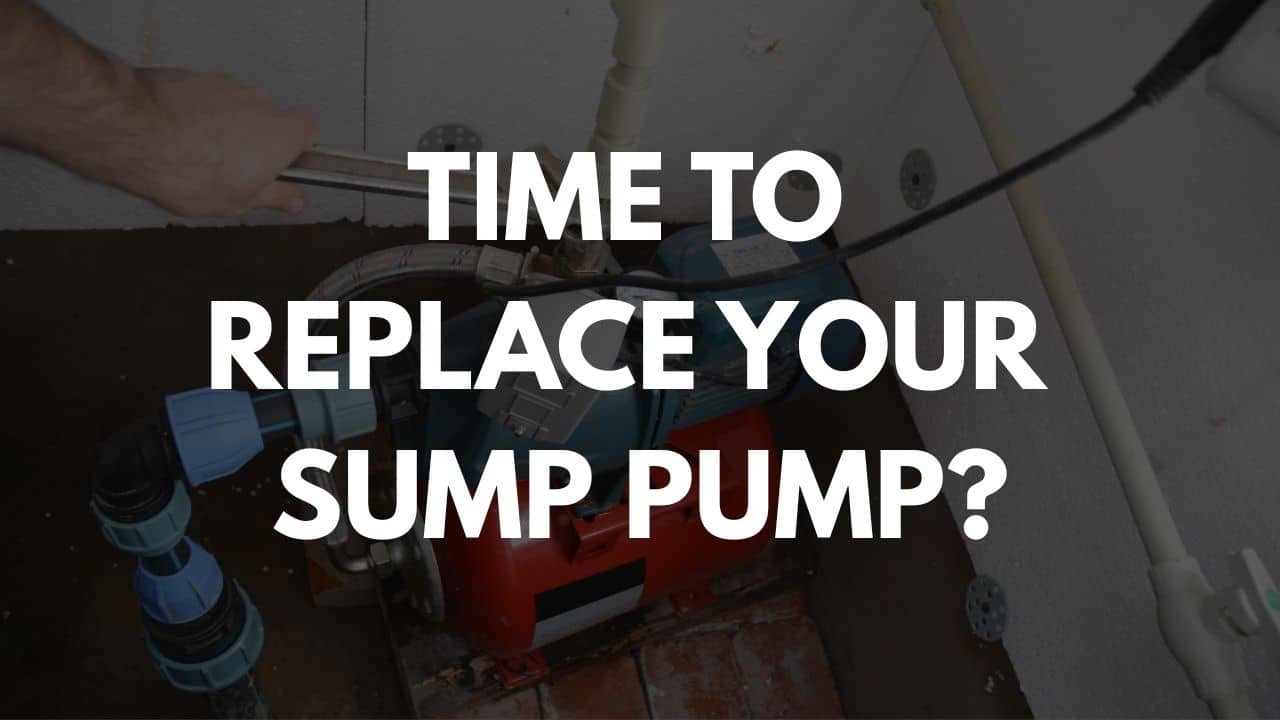Whether you’re a first-time homeowner or someone finally tired of mopping up a wet basement, understanding sump pumps is a must. They’re one of the most underrated home protection systems, quietly keeping your foundation dry and your basement usable—even during the nastiest Northeast Ohio downpour.
This guide walks you through everything you need to know about what sump pumps do, how they operate, and why they’re a must-have for many homes.
🧰 What Is a Sump Pump?
A sump pump is a small pump installed in the lowest part of your basement or crawlspace. Its job is simple: pump water out of your home and send it away before it can cause flooding, mold, or structural damage.
Sump pumps sit in a specially constructed pit (called a sump basin), which collects water from drains or natural groundwater seepage. When the water level rises to a certain point, the pump kicks on and moves the water out through a discharge pipe to a safe location.
They’re your last line of defense against:
- Basement floods during heavy rain
- Rising groundwater after snow melt
- Plumbing leaks that drain into your foundation
⚡️ How Does a Sump Pump Work?
Here’s the basic sequence of how a sump pump protects your home:
- Water enters the sump pit through drains or seepage.
- The float switch rises with the water level.
- The pump activates automatically once the water reaches a certain height.
- Water is pumped through a discharge line, away from your home.
- The pump shuts off when the water drops back below the float switch threshold.
The entire process is automatic—your job is to make sure it’s clean, powered, and operational.
📅 When Do You Need a Sump Pump?
Not every home needs one, but if you answer yes to any of these, you probably should have one:
- Do you have a basement or crawlspace?
- Have you ever had water in your basement during heavy rain?
- Does your neighborhood have a high water table?
- Is your house located in a low-lying or flood-prone area?
- Do you see signs of moisture like musty smells, mold, or efflorescence (white powder on concrete)?
Even if your home has never flooded, all it takes is one clogged gutter or freak storm to change that. A sump pump is cheap insurance.
🌡️ What Are the Types of Sump Pumps?
There are two main styles:
🧰 Pedestal Pump
- Motor sits above the pit
- Easier to maintain
- Louder and more exposed
- Longer lifespan (10–15 years)
🚰 Submersible Pump
- Motor and pump sit inside the pit
- Quieter and more powerful
- Better for finished basements
- Lifespan is around 7–10 years
Each type can be paired with battery backups, dual-pump setups, or water-powered backups for extra reliability.
💸 Why a Sump Pump Is Worth the Investment
A professionally installed sump pump system usually costs $400–$1,200, depending on complexity. Compared to the cost of cleanup from a single basement flood—often $5,000 to $25,000+—it’s a no-brainer.
Here’s what you get in return:
- Protects foundation from water damage and erosion
- Keeps basements dry and usable
- Reduces mold, mildew, and allergens
- Helps maintain property value
- Makes finished basements safe for storage, living, or business use
⚠️ What Happens If You Don’t Have One?
Without a sump pump, any of these can happen:
- Water pools under your foundation and weakens it
- Hydrostatic pressure causes cracks in basement walls
- Standing water invites pests and damages HVAC or water heaters
- Repeated moisture leads to permanent mold colonies
You might go years without an issue—but when the problem hits, it’s rarely small.
🤔 FAQ: Sump Pump Basics
Q: Does every home need a sump pump?
A: No, but if your home has any history of water intrusion or sits in a wet area, it’s strongly recommended.
Q: How often does a sump pump run?
A: It depends on rainfall and groundwater levels. Some pumps might only run during storms, others run every few minutes during wet seasons.
Q: How long do sump pumps last?
A: Submersibles last 7–10 years. Pedestal pumps can go 10–15+ years with good maintenance.
Q: Do sump pumps need maintenance?
A: Yes—check the float, pit, and power monthly. Clean and test quarterly. Replace every 7–10 years even if it “seems” fine.
Q: What if the power goes out?
A: Without a battery backup or generator, the pump stops. That’s why many systems include a secondary backup pump.
Your sump pump may never be the flashiest thing in your home—but it could be the most important. Whether you’re building new, upgrading old, or just starting to learn, understanding how sump pumps work is a smart first step.
Need help figuring out if your house needs one or if your current setup is up to the task? I’m happy to take a look and walk you through it all.

